Brr-hm, Brr-hm, Indicator Indicator
Spoiler: it has nothing to do with cars and peak hour traffic
Hello, this is Waterhole Wednesday
“If I had to pick a first rule of communication—the practice above all others that opens the door to connection with others— it would be to look for common ground. That rule applies whether you’re resolving conflict with your spouse, teaching a child, negotiating a deal, selling a product, writing a book, leading a meeting, or communicating with an audience.” John C Maxwell
Over the 2019 Easter weekend, South Africa’s KwaZulu-Natal province faced a catastrophic natural disaster as torrential rains unleashed devastating floods. Triggered by a steep upper air trough that intensified into a low-pressure system, the deluge left a trail of destruction. Buildings crumbled, mudslides engulfed homes, and sinkholes swallowed entire areas, leading to the tragic loss of at least 70 lives. It became one of the deadliest events in the nation’s history. The South African Weather Service later revealed that a staggering 165mm of rain had fallen on April 22, 2019, shattering the previous record of 108mm set in 2017.
Most sane people were tucked away at home, keeping safe and dry.
Not the two of us.
We were there. Camping!
We started our adventure in Cape Town, cruising along the east coast through the Western Cape, Eastern Cape, and eventually into Northern KwaZulu-Natal. The weather was perfect for the 12-hour drive to our first campsite, where we intended to settle in for the Easter weekend.
Located at Qolora Mouth, a short 60-minute drive from East London, Trennerys campsite is tucked away in the Transkei region of South Africa. The beaches along this stretch of the Wild Coast are among the most stunning in the country, offering sweeping views of pristine sands and vibrant, tropical greenery. It’s paradise on Earth.
But, as life goes, not everything went according to plan. Easter Sunday morning, we stumbled out of the Bush Lapa, groggy and ready for coffee, only to see frantic movement around us.
People were packing up.
Quickly.
The tension in the air was tangible.
The calm of the day before had shifted into chaos as the sky darkened, and gusts of wind began to whip through our campsite. People were yanking tent pegs out of the ground, collapsing their tents at record speed while others stuffed gear into car boots. Dark clouds were rolling in, and everyone knew they had only minutes before the storm would hit. It was a race against the mother of all storms, and no one wanted to be caught unprepared.
Thankfully, our Bush Lapa is quick to take down—ten minutes, tops—so we had some breathing room to enjoy our morning coffee before getting caught up in the rush with everyone else. It was time to leave!
We splashed through the next 1000 kilometres like a couple of determined (old) ducks, battling pouring rain the whole way. Two days later, as if on cue, the clouds finally parted when we arrived at Ndumo Game Reserve, our northernmost destination on this trip. Mother Nature sure made us work for the sunshine!
Ndumo Game Reserve, proclaimed a national protected area in 1924, straddles the border of South Africa, Mozambique, and Eswatini (Swaziland). With 430 bird species—the most in the country—we were excited to explore its 10,000 hectares and tick off some elusive “lifers” from our birdwatching list.
The highlight of our stay was an early morning guided walk along the Usuthu River. The fog hung low over the wetlands for the first two hours hiding the fever trees and reed beds. Nevertheless, we were rewarded with beautiful photo opportunities and an impressive range of aquatic birdlife.

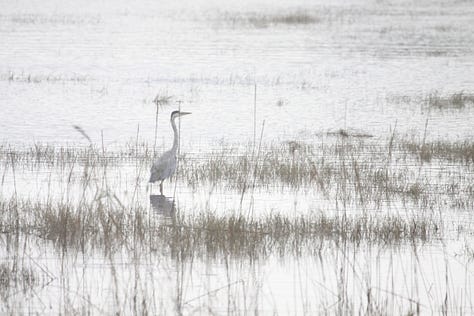

“Indicator, Indicator. Brr-hm, Brr-hm!”
Our bird guide crouched low, peered around a bush then suddenly sprang up, waving his arms like he’d just won the lottery.
“Brr-hm, Brr-hm!
Brr-hm, Brr-hm!
Brr-hm, Brr-hm!”
We leapt off the path, expecting to dodge a roaring game vehicle. But instead, we just watched a drab-looking bird flutter ahead of us: no wheels, no engines, no tourists—just feathers.
It was my first encounter with the Greater Honeyguide (Indicator indicator), the bird known for its uncanny ability to understand humans.
This clever bird was leading us straight to hidden wild beehives filled with honey. But the real highlight of the experience was witnessing the back-and-forth banter between our guide and the honeyguide.
It had attracted our guide’s attention by making a distinctive, chattering call often described as “tirr-tirr-tirr” or “brr-hm, brr-hm” and, with a booming "brr-hm, brr-hm" our guide replied that he was ready to find some honey.
Off we went, following as it flew ahead. Then, perching on a branch about 20m away, it resumed its call. “Brr-hm, brr-hm” our guide replied. We continued like this until it guided us deeper and deeper into the bush. After a while, we no longer heard the chirping and our guide decided it was safer to head back to the path. Halfway back, the honeyguide found us and began its call for help again but we had been away from camp for too long and it was time to turn back.
The relationship between the Greater Honeyguide and humans has been recognized for centuries. Indigenous peoples, including the Yao in Mozambique and some groups in South Africa, have developed special calls or sounds to communicate with the bird. They use these sounds to encourage the bird to lead them to hives. After scaling the trunks, the men smash open the hives and take off with the honey, leaving the wax and nutrient-rich larvae behind for their feathery partners in crime.
This kind of intricate communication is almost unheard of in the natural world. In fact, it's the only documented case of direct two-way communication between humans and a wild, free-living species, with a success rate of 75%.
Here, deep in the African bush, I had witnessed a connection between a man and a bird. On common ground. A mutualistic symbiotic relationship where both species benefit by interacting with one another.
Walking back to the camp I found myself thinking of John Maxwell’s quote: “If I had to pick a first rule of communication—the practice above all others that opens the door to connection with others— it would be to look for common ground.”
The greater honeyguide has evolved to "talk" to humans, guiding them to wild beehives hidden in the wilderness. In return, humans break open the hives, harvesting the honey while leaving behind the wax and larvae for the bird to feast on. Both benefit from this exchange, but it’s only successful because they share a common goal: reaching the hive. This common ground allows them to communicate efficiently, despite being different species.
Similarly, for people to communicate effectively, finding shared goals or values—our "common ground"—is essential. Without this foundation, communication can become fragmented or even adversarial. When two individuals or groups understand what both want out of a situation, even if they have different backgrounds, they can work together much more harmoniously.
So, the next time you're in a situation where communication seems tough, remember the greater honeyguide. They show us that no matter how different we may be, when we listen, trust, and work together toward a common goal, amazing things can happen. Let this be your reminder that the power of connection and collaboration can unlock endless possibilities!
‘Safari Njema’ until next time - I’m off to Madagascar in two days!



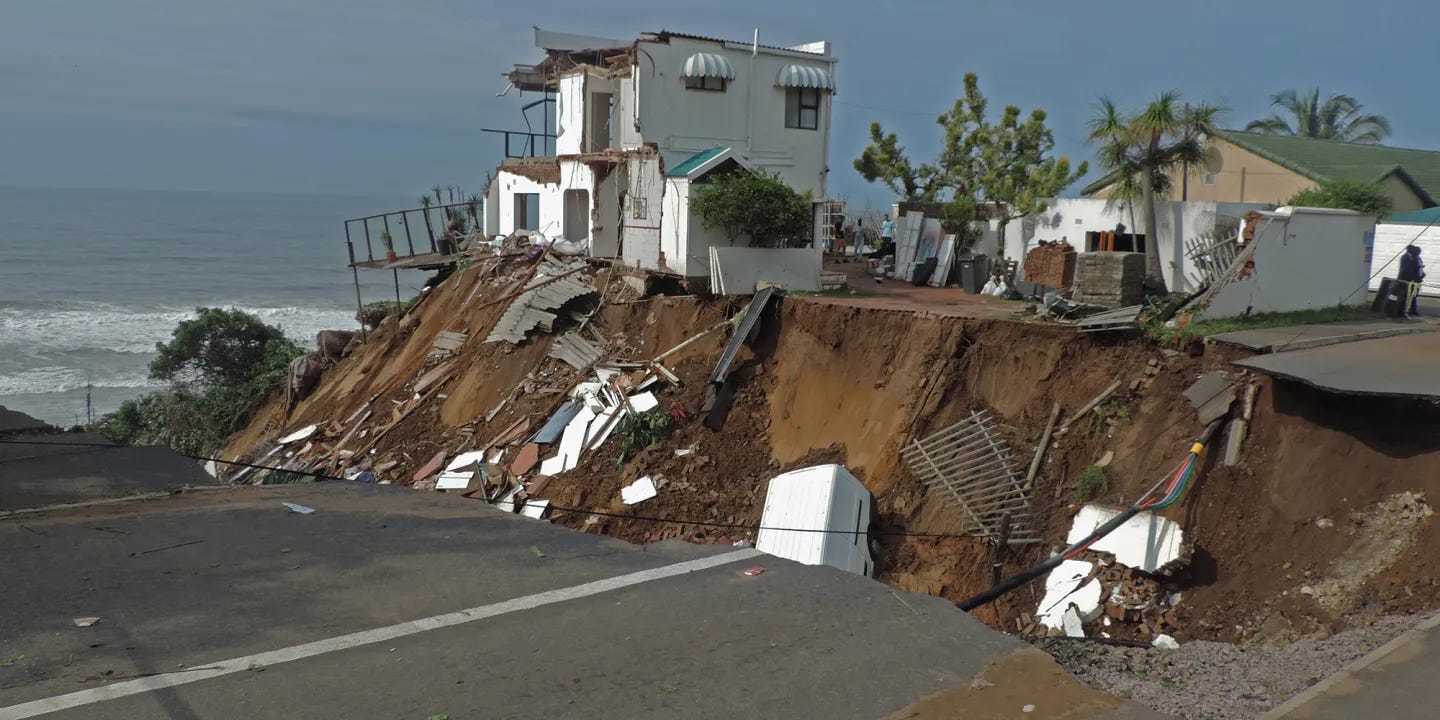
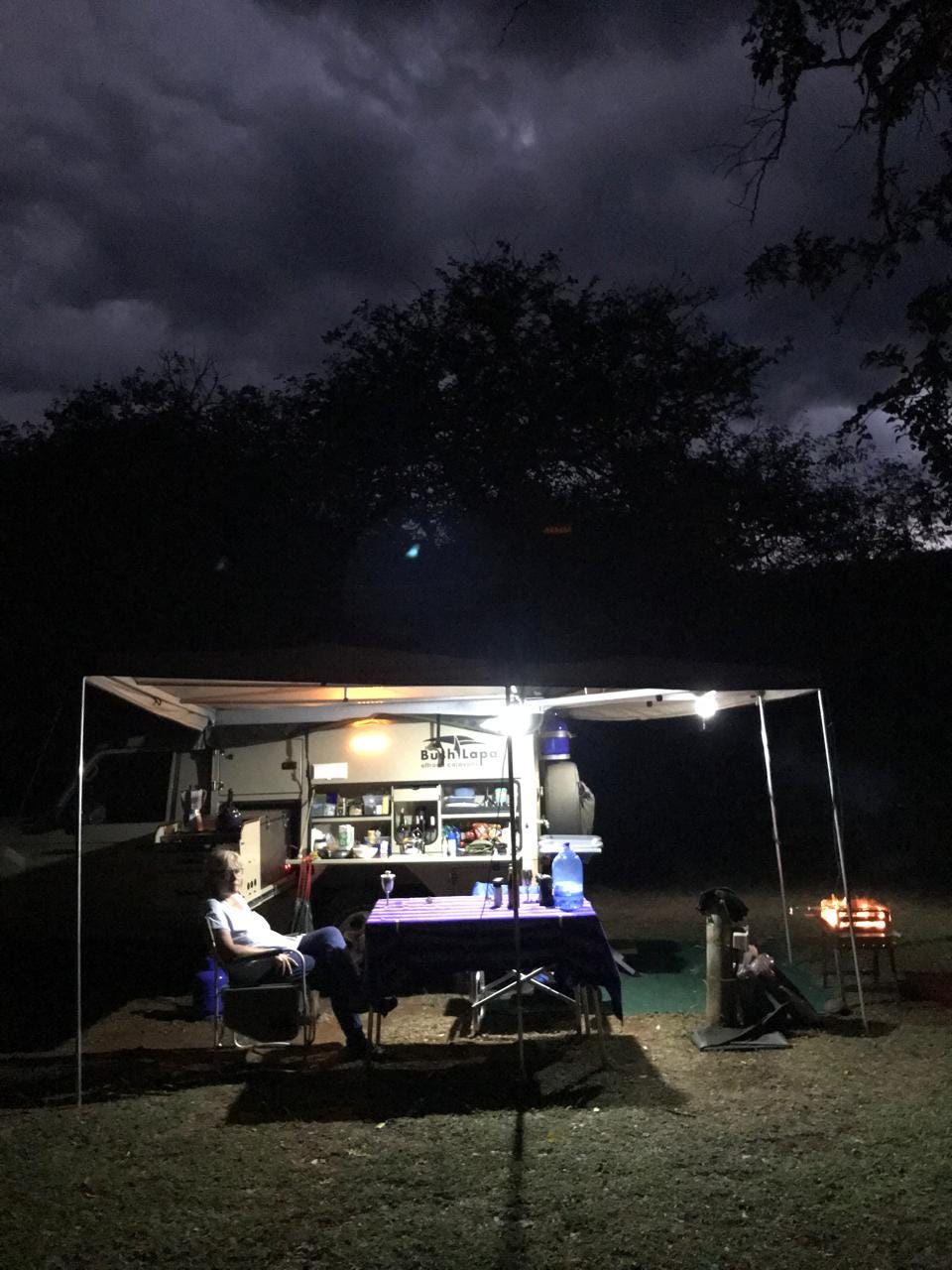

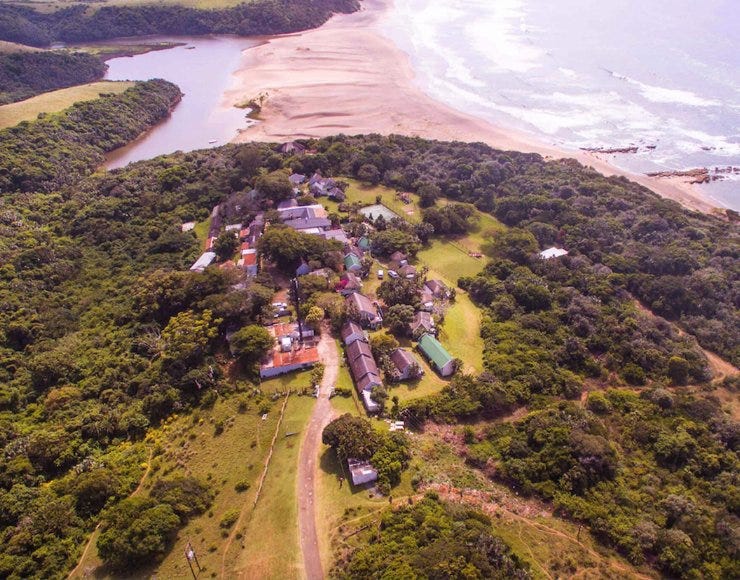


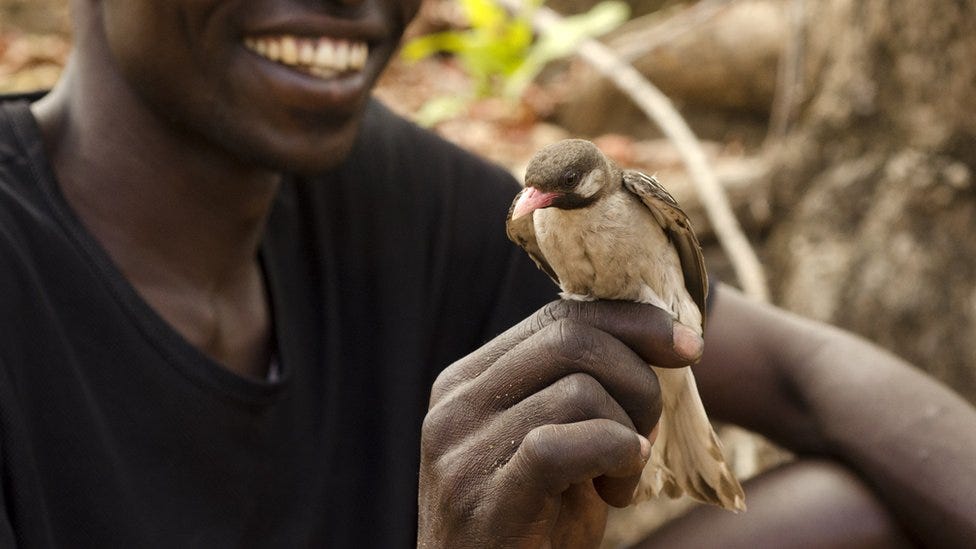
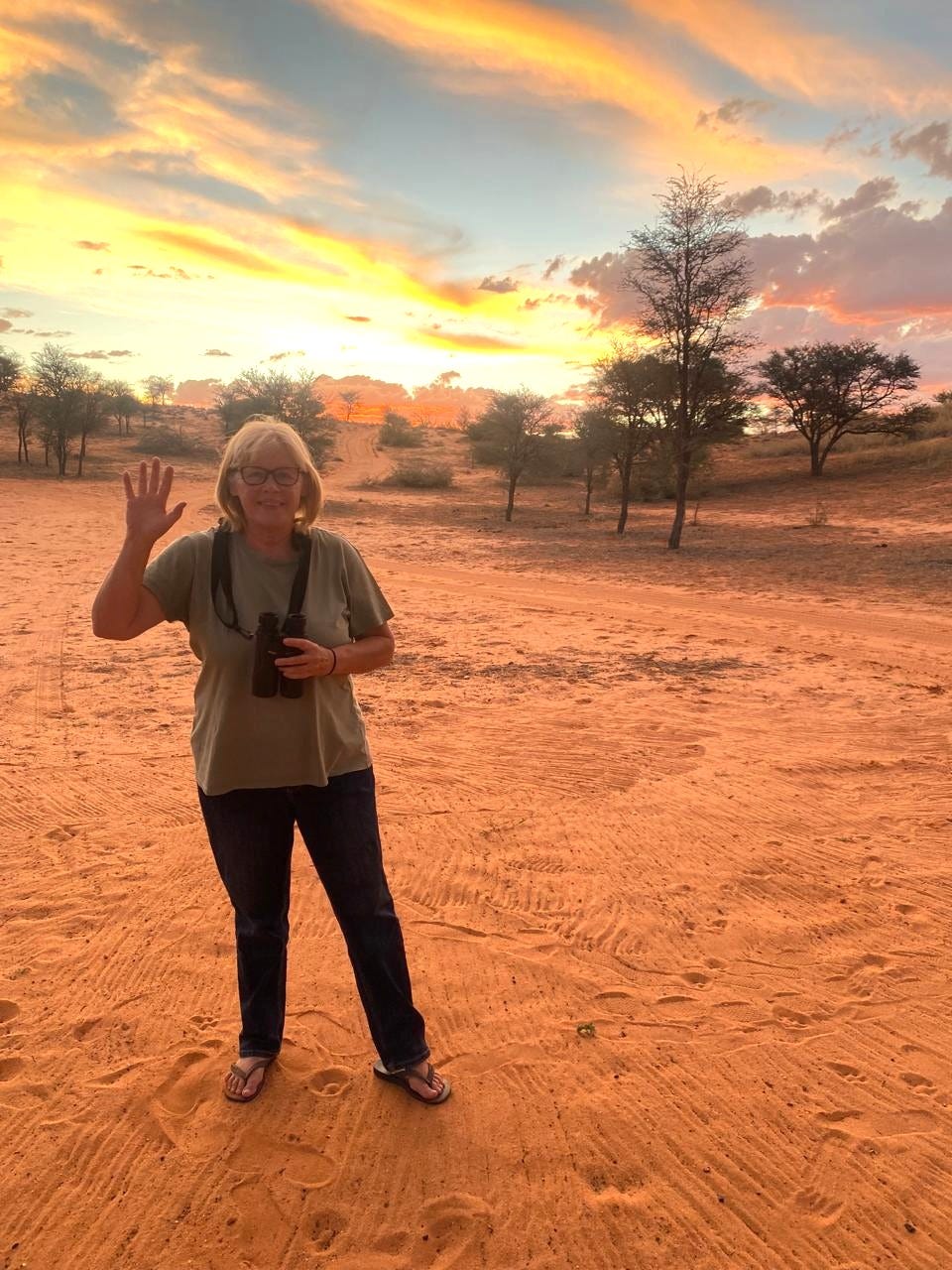

Nature is truly amazing, and we can learn so much from it. Enjoy Madagascar!